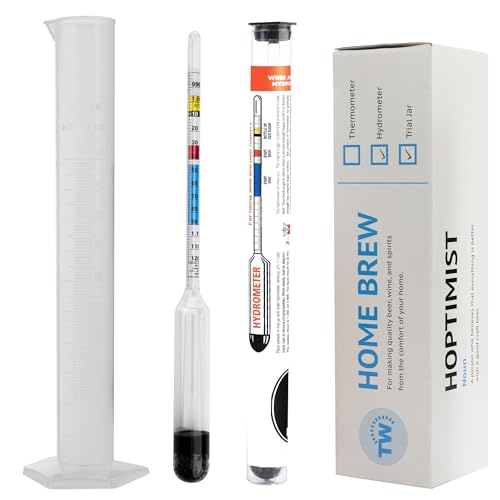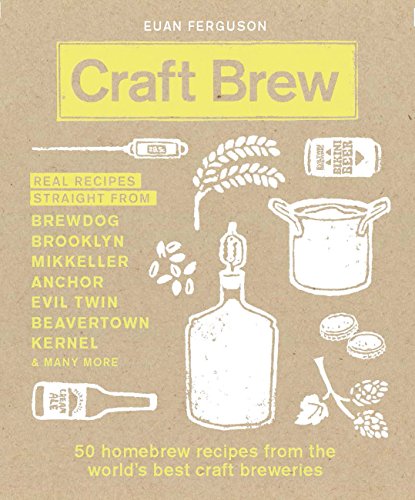Hengoedbrewer
Regular.
Hi all
I'm considering investing in a 10L jerry can to try proper no chill brewing. A suggestion has been made that with one of these, I can put the cube in my brew fridge to try and get a good cold break and hopefully lead to clearer beer. My brew kettle is a 15L stockpot- no tap. So it may be a daft question, but what is the best way to transfer hot wort to the no chill cube in the absence of a tap on your kettle- could I sit a plastic funnel on top of the cube and pour wort into the cube this way, or, could I tip the hot wort into my bottling bucket- which DOES have a tap- and then transfer the wort into the cube from there? Would this cause any oxygenation issues or anything else?
Thanks in advance!
I'm considering investing in a 10L jerry can to try proper no chill brewing. A suggestion has been made that with one of these, I can put the cube in my brew fridge to try and get a good cold break and hopefully lead to clearer beer. My brew kettle is a 15L stockpot- no tap. So it may be a daft question, but what is the best way to transfer hot wort to the no chill cube in the absence of a tap on your kettle- could I sit a plastic funnel on top of the cube and pour wort into the cube this way, or, could I tip the hot wort into my bottling bucket- which DOES have a tap- and then transfer the wort into the cube from there? Would this cause any oxygenation issues or anything else?
Thanks in advance!


























![BREWING THERMOMETER STICKERS ACCURATELY MONITOR FERMENTING BEER & WINE LIQUID TEMPERATURES 5PCS HOME BREW SPIRITS WINE LCD ADHESIVE [US]](https://m.media-amazon.com/images/I/311DDjo2X3L._SL500_.jpg)
















